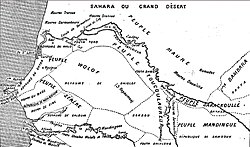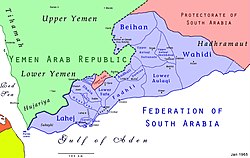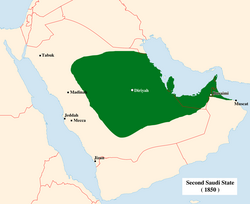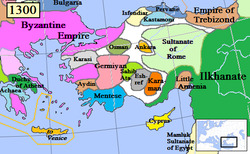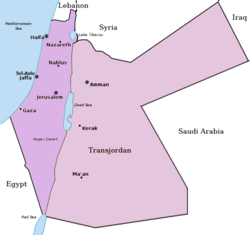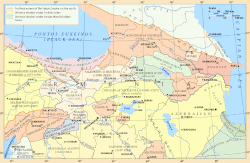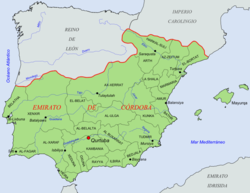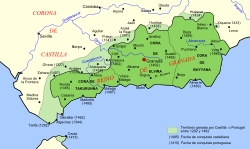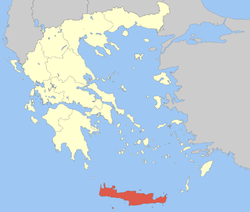This article needs additional citations for verification .(May 2018) |
| Part of the Politics series |
| Monarchy |
|---|
 |
| |
An emirate is a territory ruled by an emir, [1] a title used by monarchs or high officeholders in the Muslim world. From a historical point of view, an emirate is a political-religious unit smaller than a caliphate. [2] It can be considered equivalent to a principality in non-Muslim contexts.
Contents
- Etymology
- Types
- Monarchies
- Provinces
- List of present emirates
- List of former and integrated emirates
- Africa
- Asia
- Europe
- See also
- References
Currently in the world, there are three emirates that are independent states (Afghanistan, Kuwait, and Qatar) and one state that consists of a federation of seven emirates (the United Arab Emirates). A great number of previously independent emirates around the world are now part of larger states.


